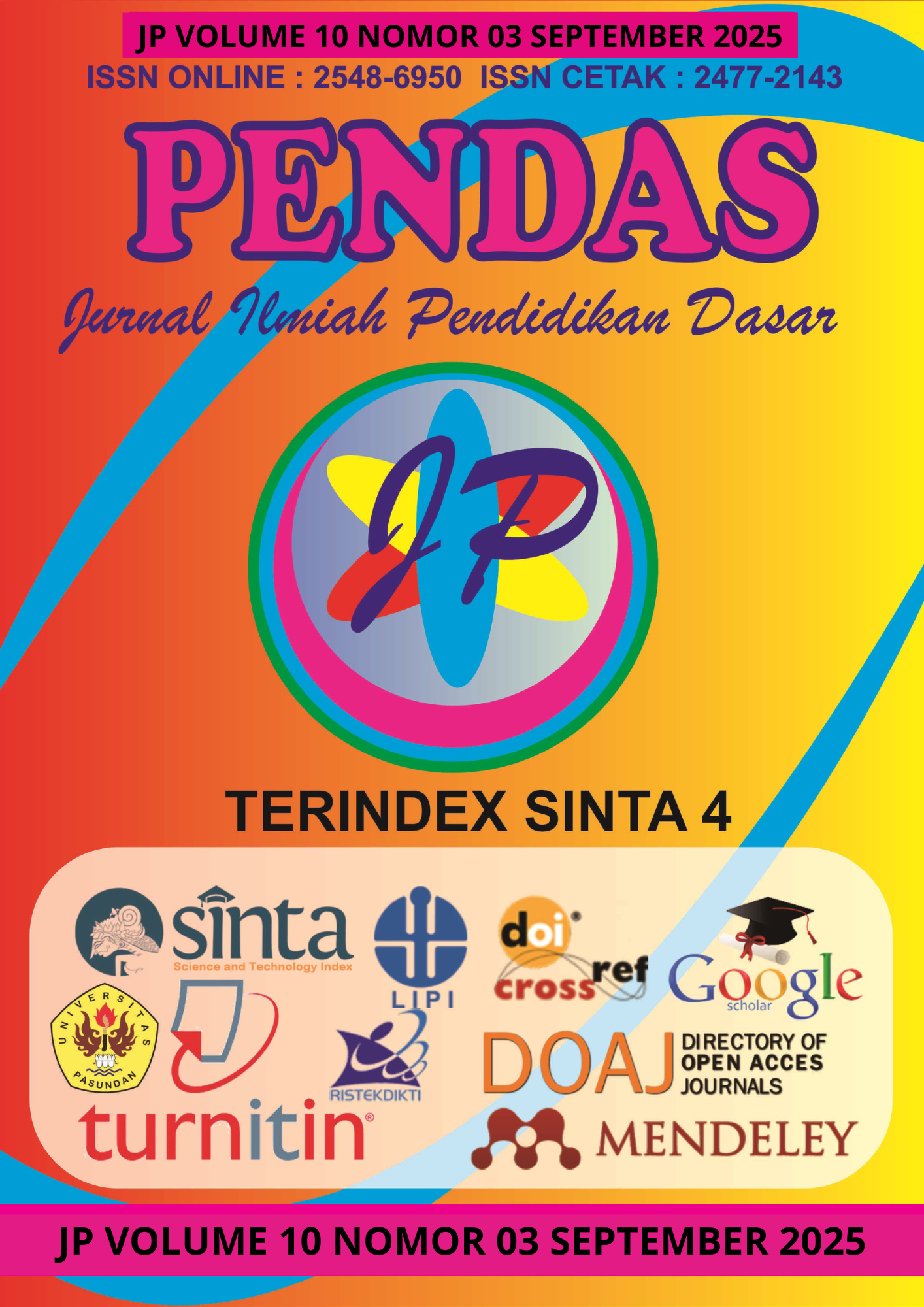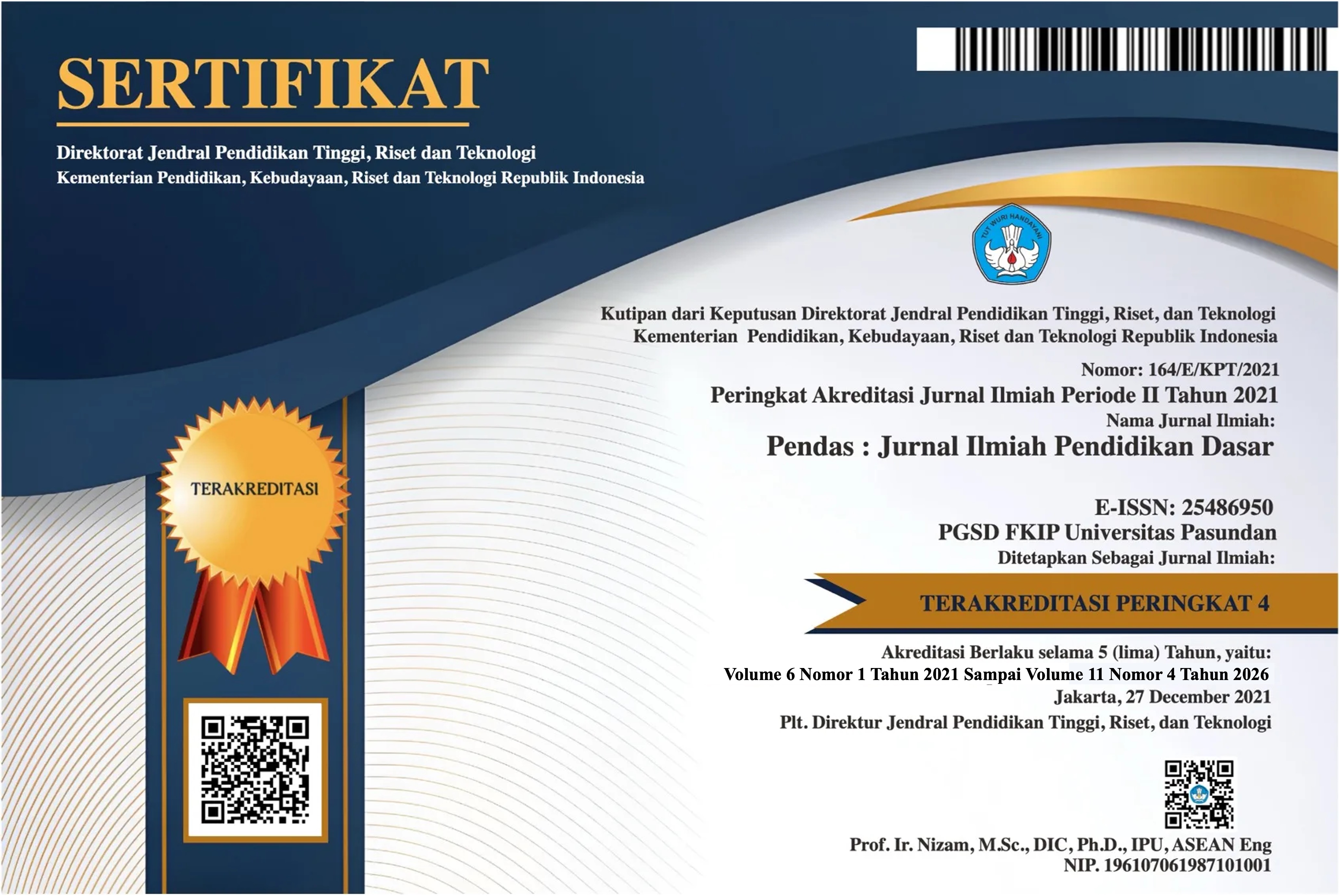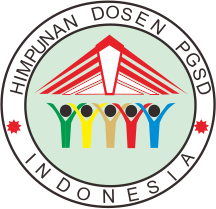PERBUATAN ASUSILA (STUDI KASUS NAPI DI LAPAS KELAS 1 MAKASSAR)
DOI:
https://doi.org/10.23969/jp.v10i3.34359Keywords:
Immoral Acts, InmateAbstract
This study aims to explore the various forms of immoral conduct and identify the contributing factors behind such behavior among inmates at the Class I Correctional Facility in Makassar. The research is prompted by the growing incidence of immoral acts within society, as reflected in the number of individuals currently incarcerated at the facility for such offenses. Employing a qualitative research approach, data were collected through observation, in-depth interviews, and document analysis. The subjects of this study consist of inmates convicted of offenses categorized as immoral acts. The findings reveal that the primary forms of immoral behavior include sexual intercourse, acts of indecency, and rape. Furthermore, the underlying causes of such conduct are classified into internal and external factors. Internal factors encompass a lack of religious and moral foundation, as well as emotional and psychological instability. External factors include romantic relationships, familial disapproval, and negative influences from the surrounding social environment. This study underscores the need for a comprehensive understanding of the multifaceted nature of immoral behavior to inform prevention strategies and rehabilitative efforts within correctional institutions.
Downloads
References
Arikunto Suharsimi. (2013). Prosedur Penelitian: Suatu Pendekatan Praktik. Jakarta. Rineka Cipta.
Cahya Desilasidea Zalzabella. (2020). Faktor-Faktor Penyebab Terjadinya Perkosaan Incest. Indonesian Journal Of Criminal Law and Criminology (IJCLC)) Vol. 1 No. 1.
Haryono Eko dkk. (2024). Metodologi Penelitian Kualitatif dan Kuantitatif. Tasikmalaya. Perkumpulan Rumah Cemerlang Indonesia.
Kementerian Agama. (2019). Alqur’an dan Terjemahnya. Jakarta. Lajnah Pentashihan Mushaf Al-Qur’an. Badan Litbang dan Diklat Kementerian Agama RI.
Lexy J. Melong. (2001). Metodologi Penelitian Kualitatif. Cet. XIII. Bandung. Remaja Rosdakarya.
Muzakkir. (2023). An Empirical Study of Islamic Law on the Causes of Sexual Crimes in Indonesia, International Journal of Religion and Society. Vol. 4 No. 1.
Murdiyanto Eko. (2020). Metodologi Penelitian Kuantitatif dan Kualitatif: Teori dan Praktik. Yogyakarta. (LP2M) Universitas Pembangunan Nasional “Veteran”.
Rostina Irma dkk. (2019). Hubungan Pola Asuh Orang Tua dengan Motivasi Anak untuk Bersekolah. Jurnal Sosietas. Vol. 5. No. 2.
St. Fatmawati L. (2024). Faktor Penyebab Terjadinya Kekerasan Seksual Terhadap Anak di Wilayah Hukum Polres Konawe Selatan. Almufi Jurnal Sosial dan Humaniora (ASH), Vol 1. No. 3.
Sugiyono. (2016). Metode Penelitian Kuantitatif, Kualitatif, dan R&D. Bandung. Alfabeta.
Sugiyono. (2010). Metode Penelitian Kuantitatif, Kualitatif dan R & D. Bandung. Alfabeta.
Downloads
Published
Issue
Section
License
Copyright (c) 2025 Pendas : Jurnal Ilmiah Pendidikan Dasar

This work is licensed under a Creative Commons Attribution 4.0 International License.



















